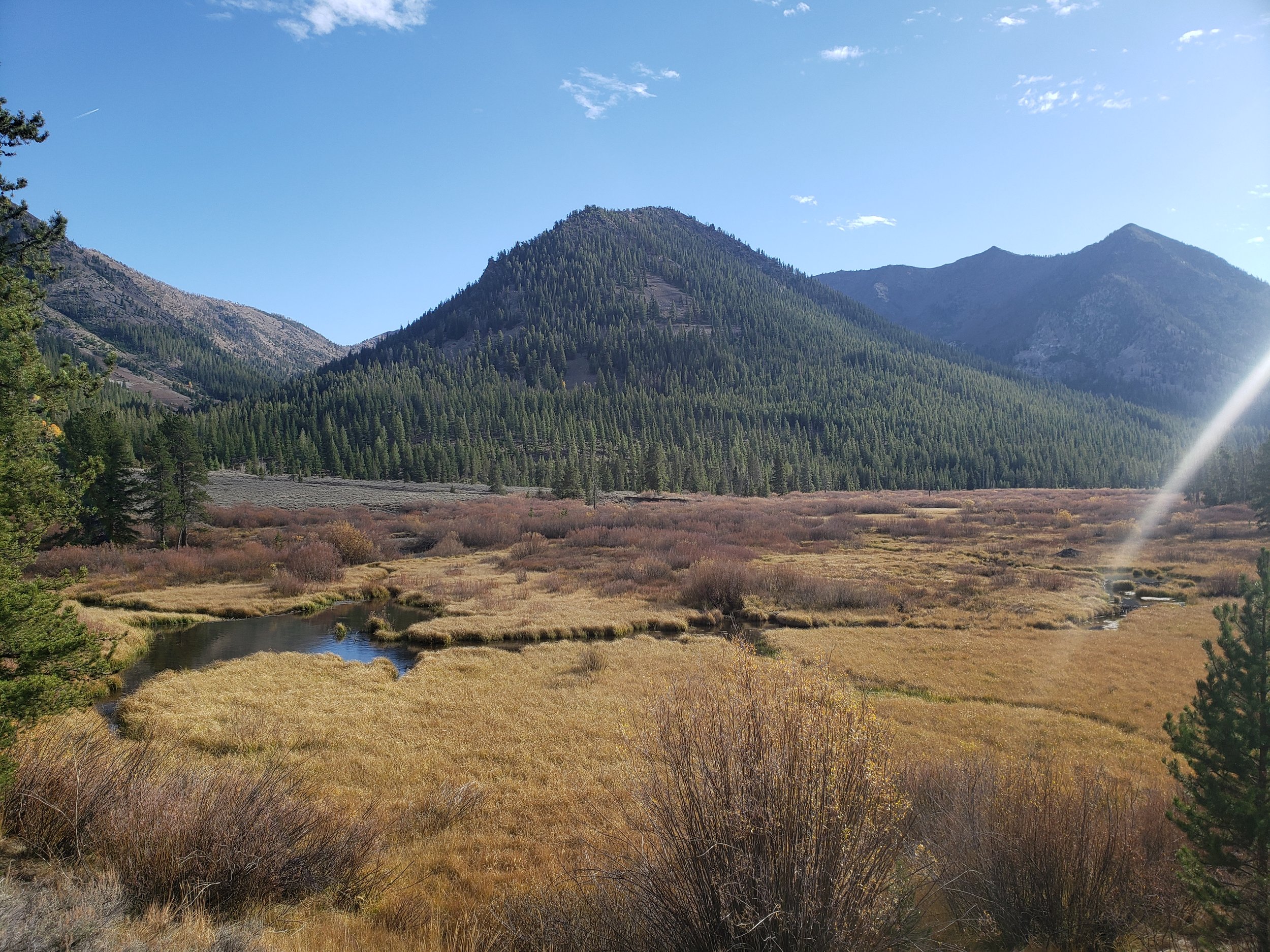
North Arrow Research
Geospatial Software for conservation
Our Tools
Riverscapes Data Exchange
Store, curate, share and discover geospatial data related to rivers. The exchange incorporates our WebViewer interactive web mapping interface for viewing data without the need for desktop GIS software. A minimal metadata standard is all that is required to make data compatible with the warehouse.
Cyber Castor
Provision and manage millions of parallel model runs. Cyber Castor handles job queuing, log file management and execution all cost-effectively and reliably performed in the cloud. Integrates with the Riverscapes Data Exchange to leverage existing data, or use APIs with external systems.
Phlux
A geospatial repeat photography mobile app for collaborating on capturing environmental change. Works online or offline, synchronizing data when you regain service. Tell stories and visualizing the time series by exporting movies that animate your photos.
Cross Section Viewer
Manage and visualize river transect data using a simple data model that accommodates most types of survey data. Interactive tools include areal, profile and longitudinal plots as well as several geomorphic calculations that would typically take a user a considerable amount of time to produce.
INSTAR
Geospatial database and laboratory software for tracking taxonomic identification of macro invertebrate organisms. Cloud-based, INSTAR provides a secure GraphQL API and R Package for data retrieval and analysis.
GCD
The Geomorphic Change Detection (GCD) is an ArcGIS AddIn or standalone software for quantifying the difference between raster datasets while taking uncertainty into account. Originally designed for differences in Digital Elevation Models (DEM) the GCD can measure change between any two raster datasets.









